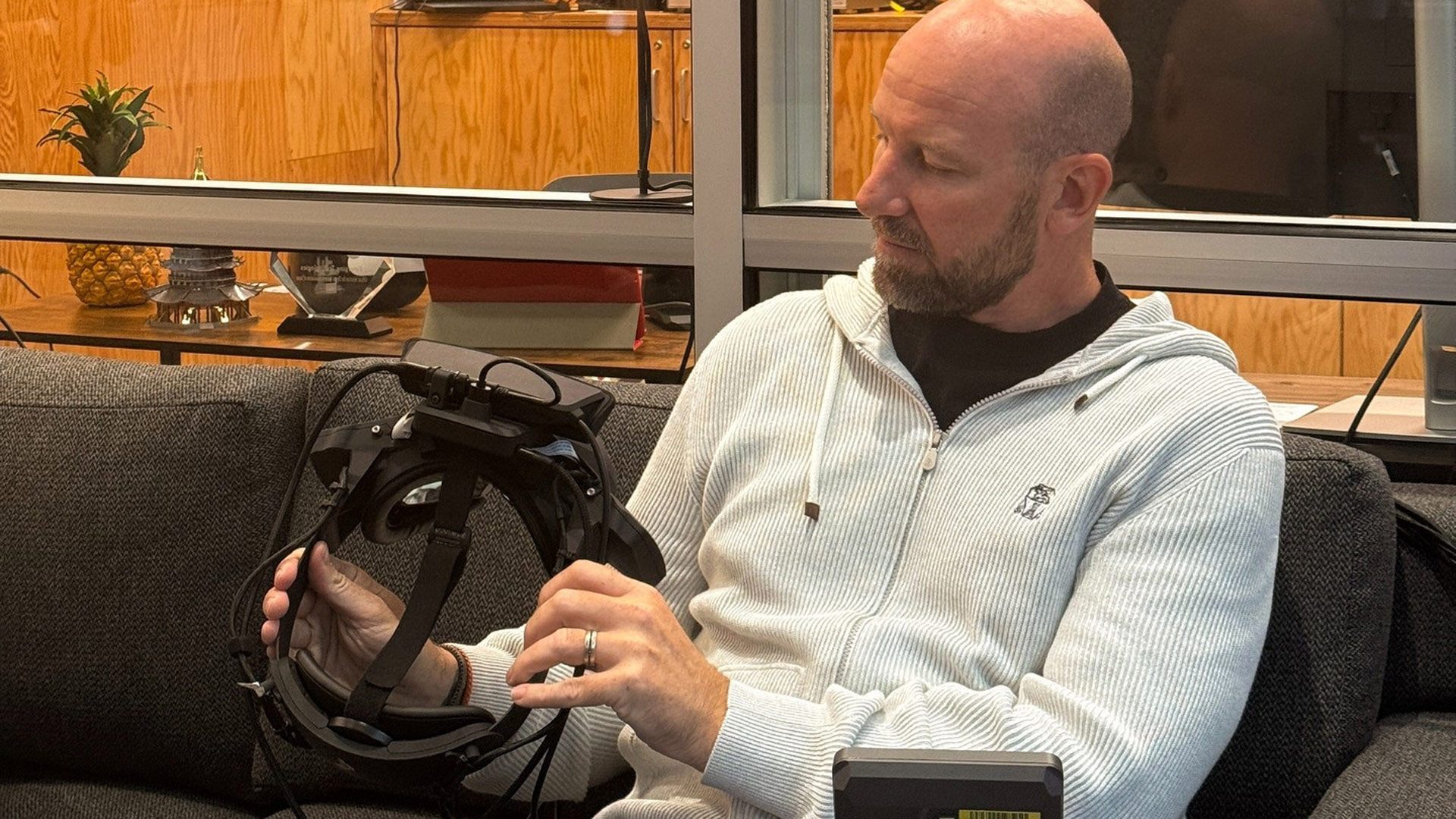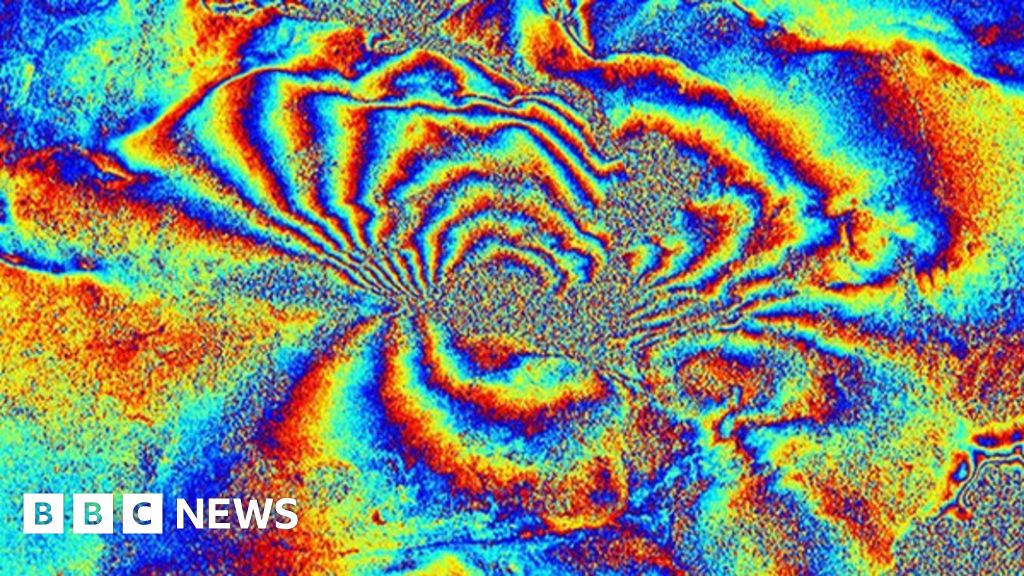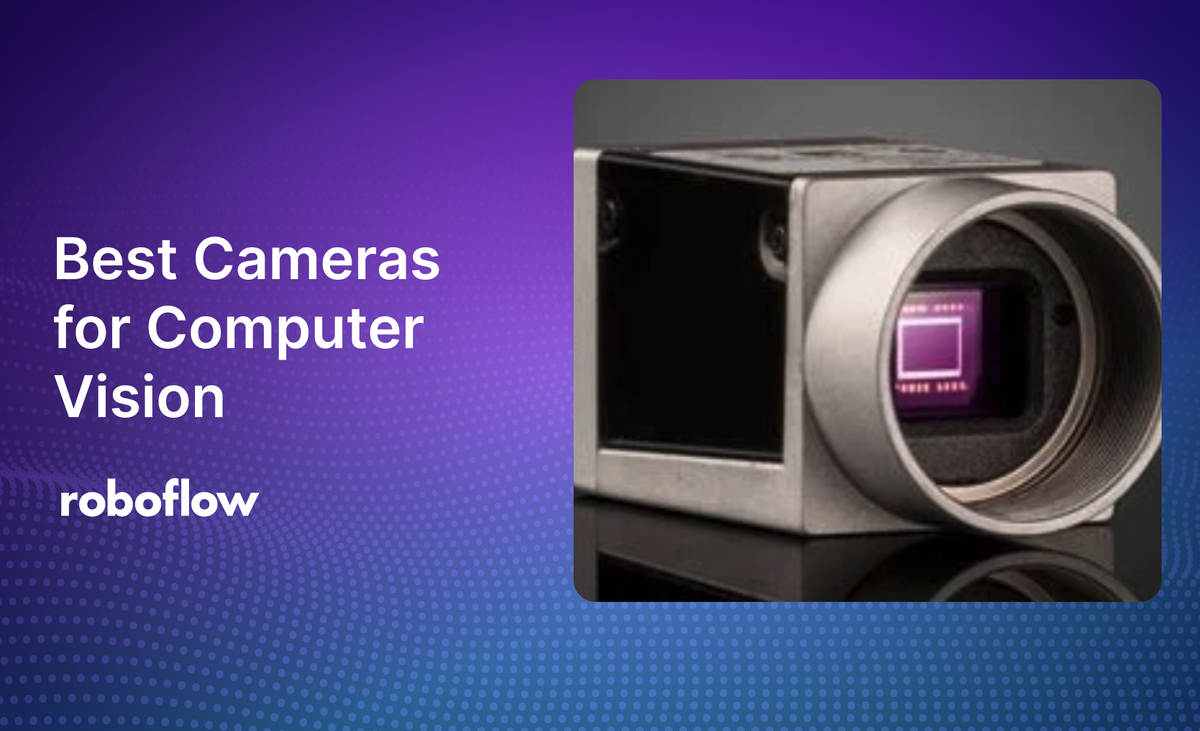
Meta Explains Why It Sees Wide Field-of-View Headsets as a ‘bad tradeoff’
Meta CTO Andrew Bosworth revealed last week a mysterious wide field-of-view (FOV) headset prototyped in the Redmond, Washington-based Reality Labs offices. Bosworth now reveals the research prototype had something close to a 210-degree FOV, however wide FOV displays are a critical tradeoff the company isn’t ready to make.
And if you were hoping this was the wide FOV Quest yet to come, you’ll probably be disappointed. Bosworth revealed in a recent Instagram Q&A the device is actually a mixed reality headset, however he tempered expectations by calling the prototype “very, very, very low resolution,” which notably featured “giant gaps in the display where there was no image at all.”
“I know how much ya’ll love field-of-view and want more. I’m with you. I like it. I get it, I do. The tradeoffs are so bad. The tradeoffs on weight, form factor, compute, thermals… it’s all bad,” Bosworth said in the Q&A.
Enthusiast-grade, wide FOV PC VR headsets like Pimax Crystal Light ($699), Pimax Crystal Super QLED ($1,799), and Somnium VR1 (€1,900/$2,050) don’t need to worry about those things as much, as they rely on dedicated GPUs and typically don’t need to fit into the sort of tight compute and power envelopes as Quest. And as we know, Meta doesn’t produce PC VR-only headsets anymore either.










/cdn.vox-cdn.com/uploads/chorus_asset/file/23951360/STK072_VRG_Illo_N_Barclay_8_netflix.jpg)












